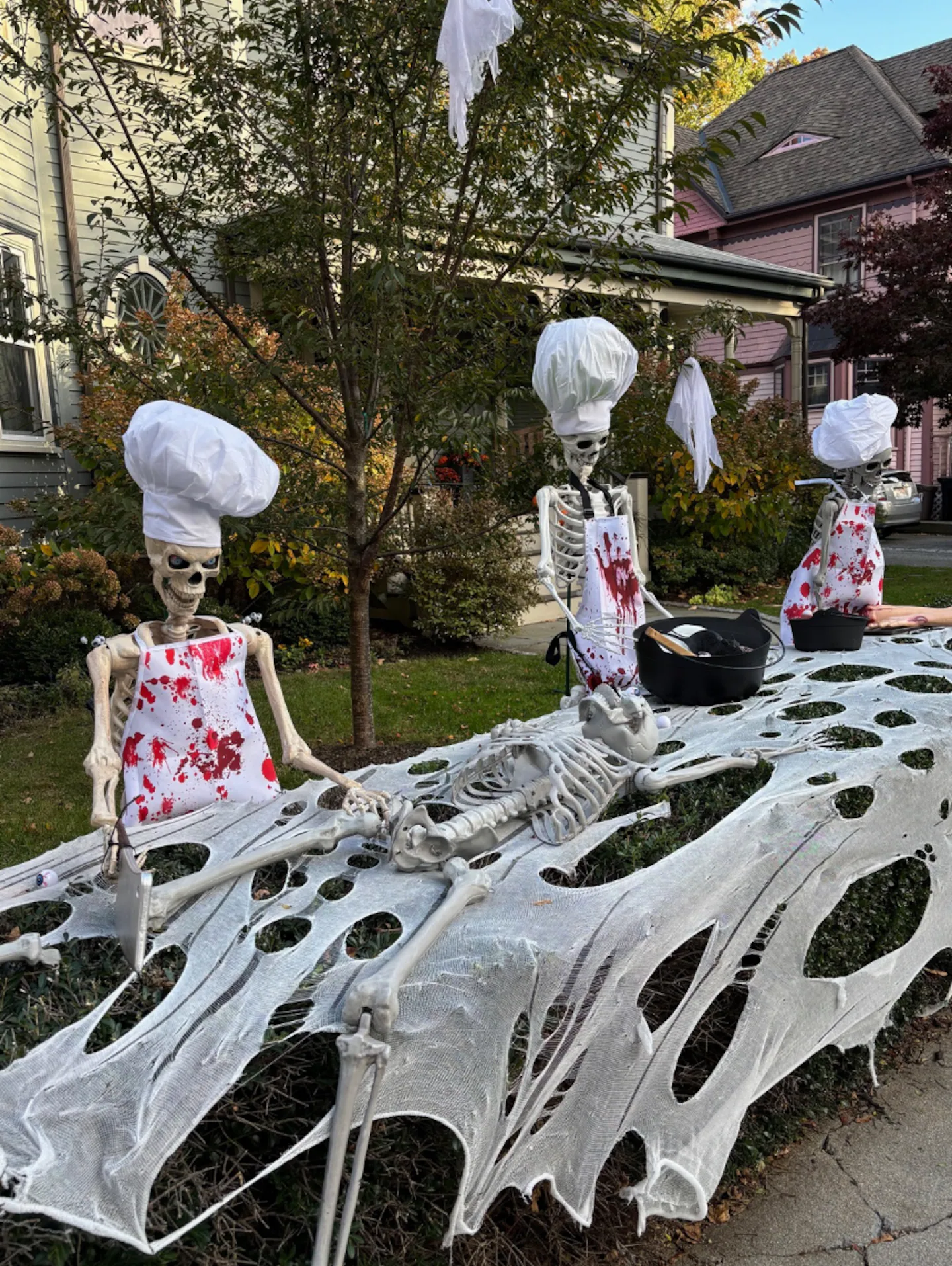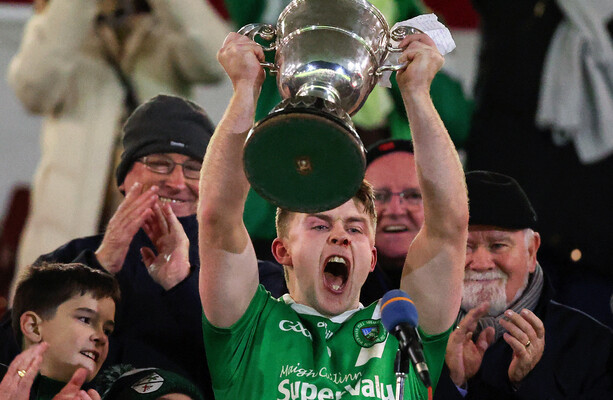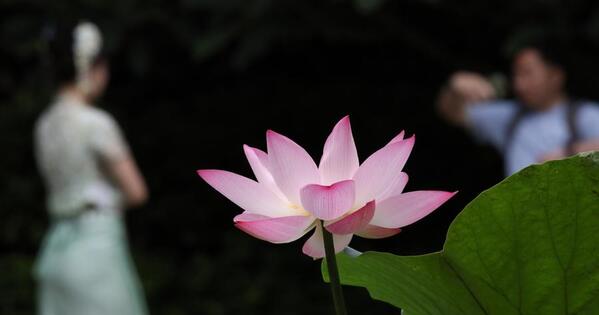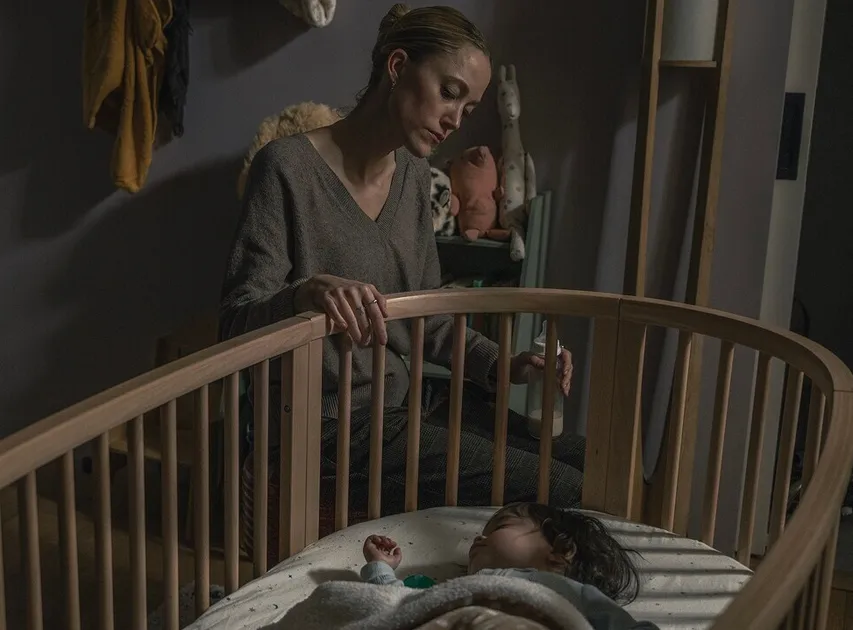Copyright The Boston Globe

Especially gripping was a Washington Irving tale about a student in Paris during the French Revolution, who, “returning home late one stormy night,” is smitten by a beautiful young woman wearing “a broad, black band round her neck, clasped by diamonds.” He pledges to love her forever, only to find her dead in his bed the next morning. The student summons a policeman, who recognizes the woman — he had seen her go to the guillotine the day before. The officer “stepped forward, undid the black collar round the neck of the corpse, and the head rolled on the floor!” I have never been much drawn to horror fiction since, but I understand its appeal. When safely contained in a story or a film, fear can be exhilarating. In the 19th century, Edgar Allan Poe entered the American literary pantheon with his tales of Gothic horror; in our time, Stephen King has turned similar nightmares into a multibillion-dollar empire. Hollywood never tires of finding new ways to scare audiences in the dark. Human beings have always had a complex relationship with the gruesome and the deadly, experiencing not just dread but also a pleasurable shudder from its presence. And yet I can’t help wondering: When did scenes of violent death become the stuff of neighborhood merriment? When did models of corpses in agony become appropriate lawn décor? Somewhere along the way, the thrill of being safely frightened morphed into a kind of gleeful flirtation with portrayals of murderous evil — a joke played with the symbols of mortality rather than a reflection on their meaning. There was a time when such images served a very different purpose. Many painters and sculptors made use of skulls, skeletons, and other emblems of death as “memento mori” — Latin for “remember that you must die.” Artists incorporated symbols of mortality into their work as an admonition to viewers to take stock of their lives and remember that their time on earth is fleeting. A famous example, painted by the Dutch Old Master Frans Hals around 1615, is “Portrait of a Man Holding a Skull.” It shows a prosperous, middle-aged man, dressed in fashionable clothes and holding a skull in one hand. Though the man is clearly someone of wealth and status, we are shown none of his worldly goods, apart from what he is wearing. The painting is a reminder that none of the man’s luxuries will accompany him beyond the grave. In the end, even his handsome countenance will be reduced to no more than a skull. Though often associated with the Baroque era, memento mori symbols were employed by some of the best-known artists of the 19th and 20th centuries. Vincent Van Gogh painted the remarkable “Head of a Skeleton with a Burning Cigarette” in 1886, just four years before his tragic death from suicide at 37. Andy Warhol, the most celebrated Pop Art painter of the post-World War II generation, grew obsessed with the theme of death after surviving an assassination attempt in 1968. A few years later, he produced a series of paintings, silkscreens, and prints depicting skulls. Like so much of his art, Warhol’s skulls are rendered in loud, vibrant colors — an exhortation, perhaps, that since death is inevitable, life should be lived with joy and purpose. Representations of death have always been part of society’s imagery. But until very recently they served as instruments of moral uplift — visual sermons meant to remind their viewers of life’s brevity and encourage them to practice humility, charity, and gratitude. They applied the wisdom of Ecclesiastes: “ It is better to go to the house of mourning than to the house of feasting, For that is the end of every mortal, and the living should take it to heart.” (7:2) How did we get from there to here? The skulls that once earnestly cautioned passersby to live rightly now come equipped with spiders and LED light-up eyes (batteries not included). In medieval frescoes and murals, the danse macabre motif — a line of skeletons leading the living to their graves — conveyed an unavoidable truth: Death comes for everyone, kings and commoners alike. The 12-foot-tall skeletons towering over American yards, by contrast, preach not that death is certain and serious, but that for $299 and an extension cord, you can wow your neighbors with a display sure to go viral on Instagram. There is something disturbing in this Halloween impulse to make death ridiculous, to turn the most chilling and somber emblems into seasonal décor. Our culture often hides real dying behind curtains and euphemisms, yet drapes our porches with cartoon corpses for amusement. More disturbing still, at least to me, is that these grisly spectacles are staged for children. The pseudo corpses and body parts that sprout across suburban lawns every fall aren’t meant to repel young boys and girls but to delight them. The households that transform their yards into mock cemeteries and suspend ersatz skeletons from trees at the start of October are the ones that will end the month by handing out candy to flocks of costumed preschoolers. A holiday that once involved little more than carved pumpkins and a sheet-ghost or two has become, in many neighborhoods, a theme park of gore and ghastliness — all in the name of fun for the kids. Parents reassure themselves that youngsters won’t be truly frightened. They know it’s pretend, we say; it’s just Halloween. Maybe. But the casualness with which we surround them with images of death — not thoughtful reminders of mortality but gleeful parodies of it — says something unsettling about us. We are teaching them that death is either funny or meaningless, but in any case nothing to take seriously. When I first spotted that skeletons-with-cleavers-and-bloody-aprons display, it brought to mind an incident that occurred years ago, when my older son was still quite small. My parents were visiting and my father had agreed to read “Snow White” as a bedtime story. But when he reached the passage in which the wicked queen orders the huntsman to kill Snow White and cut out her heart, he stopped short. “This is a children’s book?” he asked incredulously. My father’s life had been scarred by people who scrupled at nothing, not even the murder of children. As a teenager in the Nazi death camps, he had been an eyewitness to unspeakable cruelty. He knew what can happen when people stop taking evil seriously. For him, death was not a punch line. Perhaps I’m overreacting. But I can’t help thinking that what my father instinctively recoiled from — the blurring of horror and light entertainment — is precisely what our society now does on a national scale every October. As I pass yards filled with grinning Death’s-heads and plastic agony, the juxtaposition is hard to miss: For generations, such images were meant to stir the conscience. Now they’re a beacon to kids going door-to-door to amass KitKats and Twizzlers. The symbols remain — skulls, bones, graves — but the meaning has drained away. What once was moral instruction has become seasonal amusement. Some commentators insist that Halloween’s increasingly death-drenched exuberance is psychologically healthy. It’s a coping mechanism, one parenting writer argues — a way for children to make peace with their fears. Another suggests that “pretend” death helps us confront its inevitability. But is that really what these grotesqueries are doing — preparing kids for future grief and loss? Or assuring them that death can be fun? Let me suggest a different theory. Americans have not stopped believing in an afterlife. Surveys show that most still do. What has changed is the moral framework that once gave weight and significance to those beliefs. A half-century ago, nearly 70 percent of Americans belonged to a house of worship. Today, according to Gallup, that percentage has fallen dramatically. And as church attendance recedes, so does the steady reinforcement of moral teachings from the pulpit each week — like the enduring truth that death in this world is followed by judgment in the next, and that how we live matters eternally. When those ideas fade from the cultural baseline, death loses its gravity. It becomes either too frightening to think about or too trivial to take seriously. So we joke about it, decorate with it, turn it into elaborate October kitsch. Our ancestors looked at a skull and thought: Remember that you must die. We look at one and think: That will look great on TikTok. Soon the decorations will come down and the season of mock mortality will end. The old memento mori left people with this reminder: Life is fleeting, and character matters. When the fake gravestones and giant bones go back to the basement, what will we be left with? To subscribe to Arguable, Jeff Jacoby’s weekly newsletter, visit globe.com/arguable.



